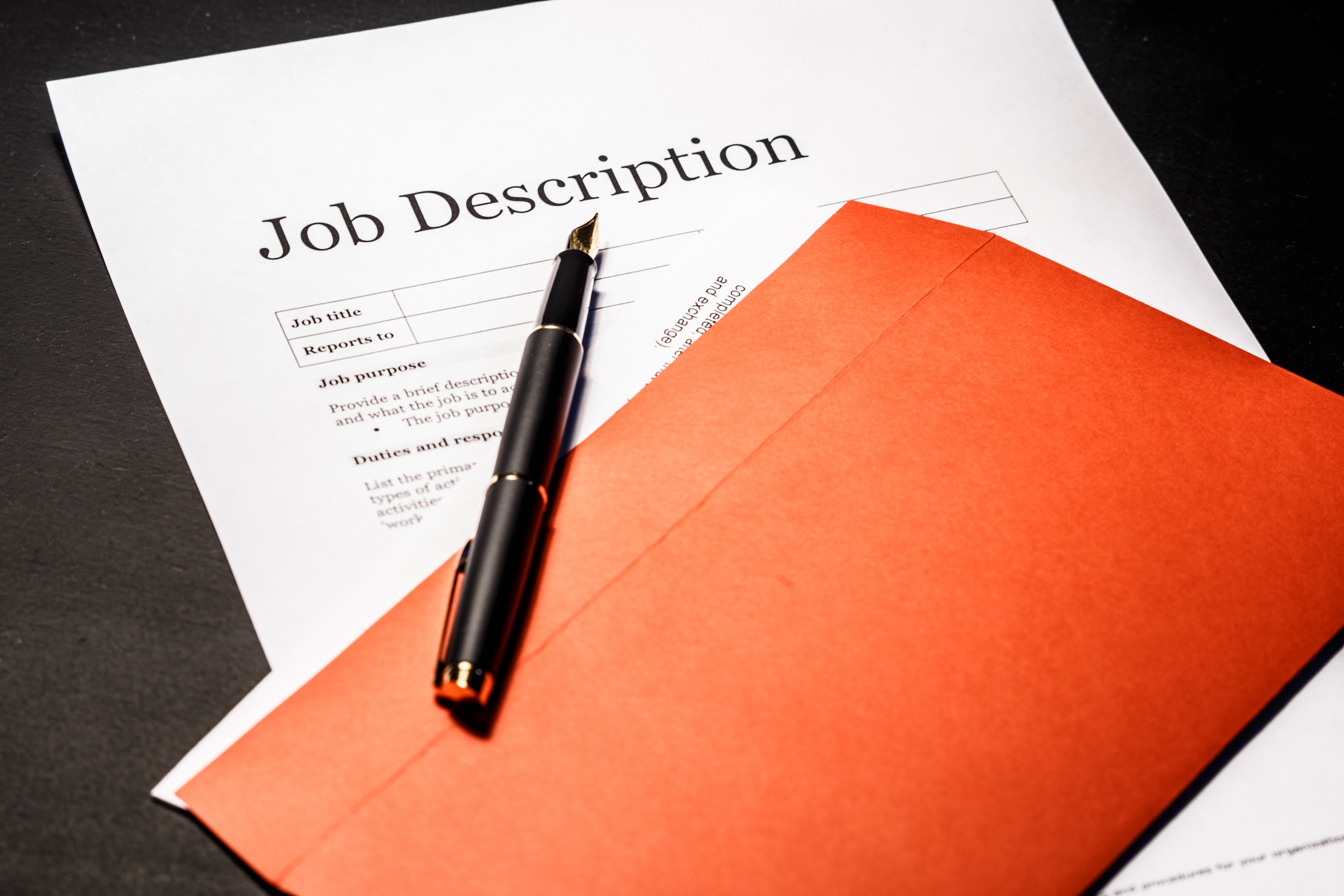The thought of hiring a new employee, for any position, can be a daunting one. Where do you start? How do you attract the best talent and weed out the candidates that aren’t the right fit for the role and your company?
While there are many nuances and best practices to hiring, it is essential to start with a solid and well-written job description.
The job description is a useful tool that explains the tasks, duties, function, and responsibilities of an open position. It also highlights the culture and work environment for any potential employee and can help communicate your value proposition and employer brand; screen and evaluate applicants based on relevant criteria and competencies; align employee performance and goals with your organizational vision and strategy all while supporting employee development and career progression.
It seems like a lot to fit into one description but remember that this is the first impression a potential candidate has of your company, so it is vital that the job description sells the role, your company and appropriately highlights the overall needs.
Here are some key aspects that should be included in your job description to help attract not just the best applicants, but the right talent:
1. What sets your company apart?
Before you dive into the job responsibilities and qualifications, highlight your company’s mission and what sets you apart from the rest. Your culture is key, and most employees are declining higher paying roles to pivot to a company with a better culture fit.
You have a story. Tell it. Own it. Share it. That is what is going to attract a candidate that fits into your work culture and values the same things you do.
2. Job Title
The job title should be descriptive and consistent with the industry and market standards. Avoid using jargon, acronyms, or internal codes that may confuse or mislead applicants. Be careful to avoid inflated or generic titles that may create unrealistic expectations or understate the value of the position.
To help, you can do a little investigating on similar roles and see what titles they use and aligns with what you are looking to achieve.
3. Job Summary
This section is a brief overview of the role, its purpose, and its impact on the organization. While it may seem like you want to include absolutely everything about the position, it should only highlight the main functions and objectives of the role.
Also, be sure to highlight any skills, experience, and attributes that are required to be successful. Here you should also convey how the role fits into your mission and vision for the overall success of the company.
4. Job Duties
Be sure to outline the specific tasks and responsibilities that the role entails, as well as the expected outcomes and results. It should be clear, comprehensive and realistic, and reflect the current and future needs of the role and the organization. Think immediate needs as well as long term to ensure growth throughout the role.
The key is retention and keeping employees engaged and challenged throughout their tenure.
5. Job Qualifications
Highlight the minimum and preferred requirements for the role, such as education, training, certification, experience, skills, knowledge and abilities. Be flexible and inclusive and avoid setting unrealistic or unnecessary criteria that may exclude or discourage qualified and diverse candidates. Many candidates don’t apply to a role unless they meet all qualifications so get creative in what you include and the language that you use.
6. Job Benefits
Here you get to showcase the rewards and incentives that you offer to your employees, such as salary, bonuses, commissions, health insurance, retirement plans, paid time off, flexible work arrangements, professional development opportunities, recognition programs and employee wellness initiatives.
While this list is not exhaustive, by following these six key points, you are well on your way to a well-written and attractive job description.




